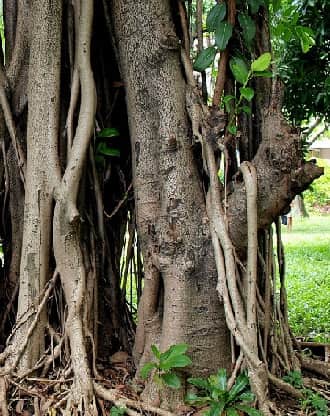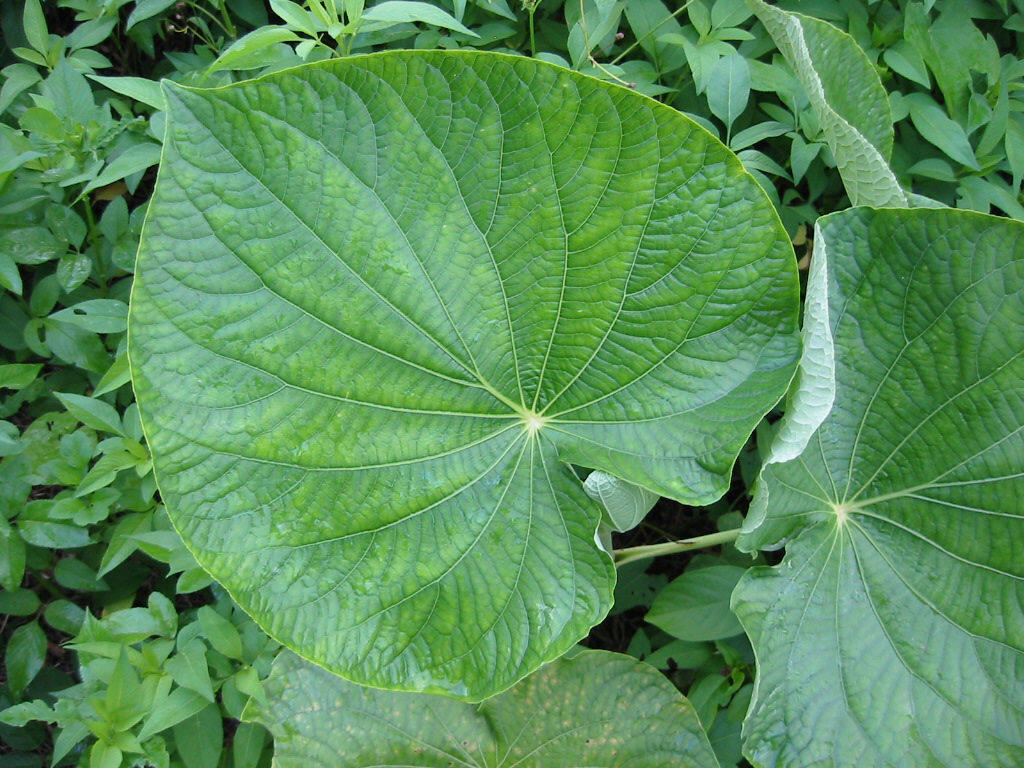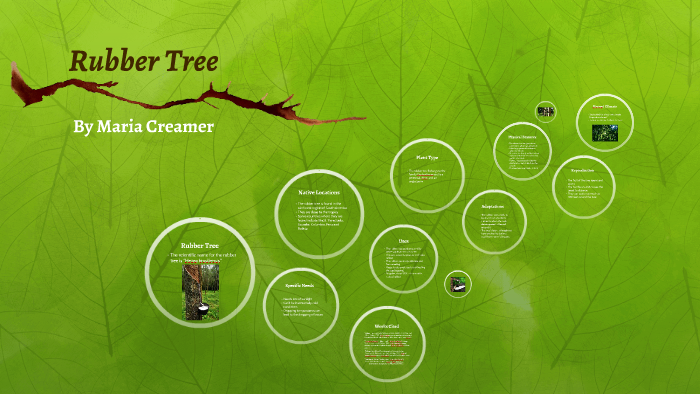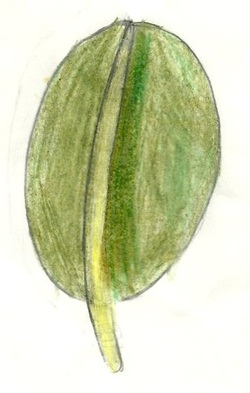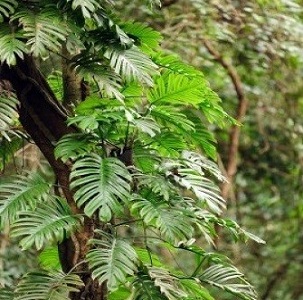It is a rapidly growing tree as are most trees in the tropical rainforest it can sprout 24 inches 60 cm or more each season if it is in the proper environment.
Rubber tree adaptations in the rainforest.
It is a quick growing tree often the first to establish itself when a gap in the canopy is.
The leaves of the rubber tree have drip tips photo.
Rubber trees are very happy in the rainforest.
Finally most rainforest tree bark is thin and smooth this is because it allows water to slide down easily.
These specializations have been mentioned below.
If a rubber tree could talk it would say don t try to take me away.
It can reach its full size in.
These trees are generally found in low altitude moist forests wetlands riparian zones forest gaps and disturbed areas.
An adaptation of a rubber tree is that it sheds its bark so as to absorb its nutrients when the bark decomposes in the soil around it.
As such plants growing here have special adaptations that allow them to grow and thrive in the tropical rainforest.
These are all adaptations that plants have made in order to thrive in the tropical rainforest environment.
Hevea brasiliensis is a species of rubberwood that is native to rainforests in the amazon region of south america including brazil venezuela ecuador colombia peru and bolivia.
And a large area of bark.
They can grow to be 14 inches 35 cm long and up to 6 inches 15 24 cm wide.
In a rainforest it rains all year round but the heaviest rain falls between november and april.
Buttress roots a giant tree with buttress roots in the costa rican rainforest.
Tropical rainforest plants with a shallow rooted tree are often equipped with buttress roots.


